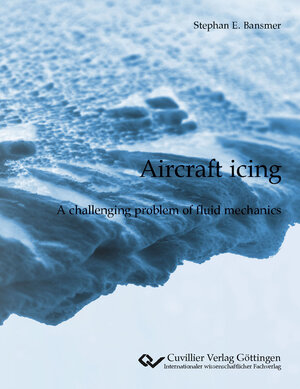In 2018, approximately 4.3 billion passengers were carried by scheduled flights in the member states of the International Civil Aviation Organization. To satisfy the needs of day and night flight operations even in situations of inclement weather, aircraft icing is an inherent component of the certification of large transport aircraft. Ice detection and protection systems ensure flight safety and must be designed carefully. The reliable prediction of ice accretion is a mandatory intermediate step that involves many challenging problems of fluid mechanics that will be treated in this volume. After introducing the topic of aircraft icing with a brief historical overview of technological and scientific progress over the last century, current challenges from the perspective of fluid mechanics are outlined. In particular, the governing boundary conditions of the phenomenon are highlighted, accompanied by remarks on non-dimensional groups and scaling laws. Selected physical properties of water and ice are elucidated. Classic ice accretion is usually triggered by the impact of supercooled droplets on a surface. After analysing the solidification process of supercooled water, drop impact is studied on both dry and wetted substrates. Macroscopic phenomena of ice accretion are considered using a combined approach of experiments and computations. To carry out experimental investigations, the Braunschweig Icing Wind Tunnel was built. Together with the results of the icing code TAUICE, the gathered data are used to develop a deeper understanding of the process of glaze ice accretion, which involves a broad range of physical phenomena, including wetting, roughness formation, transitional flow and heat transfer.
Aircraft icing von Stephan Bansmer | A challenging problem of fluid mechanics. | ISBN 9783736972247







